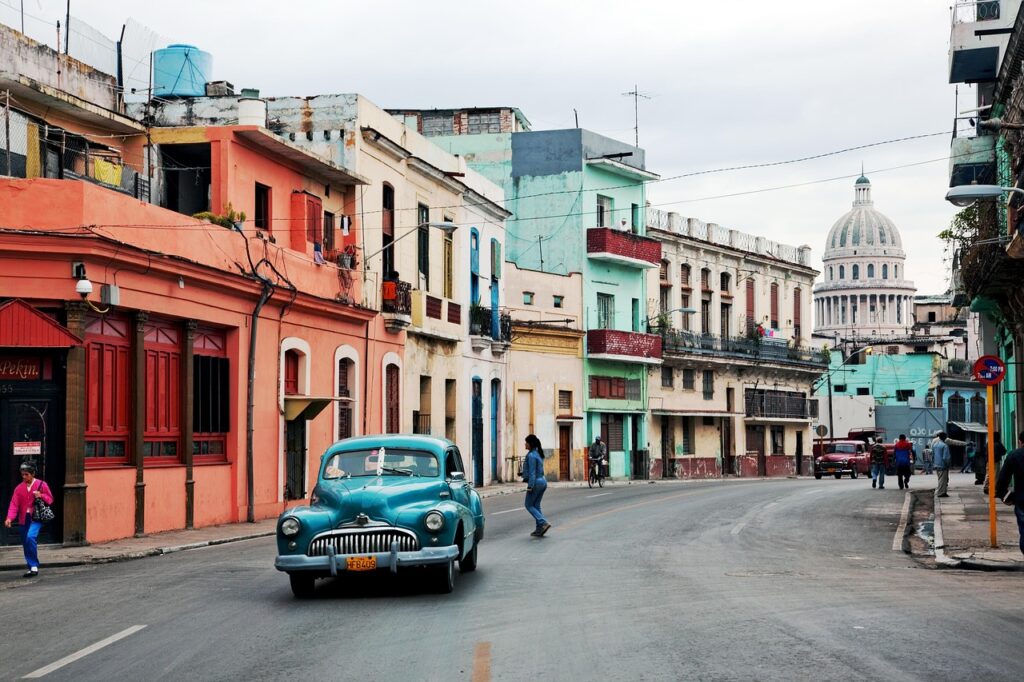Sweet Wine That Starts With M: Moscato’s Core Identity
What separates Moscato from other sweet wines that start with m? It’s all in the grape.
The Muscat family, Moscato’s root, is among the oldest grape varieties in the world. Grown in Italy, France, Australia, California, and beyond, Moscato is best known for its floral, peachy, and grapey flavors. Most Moscato stays under 7% ABV, making it lighter than most whites and an outlier among classic dessert wines.
Moscato isn’t about complexity for complexity’s sake. Its style is direct: a sweet wine that starts with m, low in alcohol, high in flavor, and unfussy.
How Moscato Is Made
Grapes are picked at peak ripeness to lock in natural sugars. Fermentation is carefully controlled and often stopped before all sugars convert, preserving residual sweetness. If sparkling (like Moscato d’Asti), fermentation is partially sealed, maintaining gentle fizz. Some are made still; most have a slight or full spritz.
These steps ensure Moscato is always fruitforward, never heavy or syrupy—the quintessential sweet wine that starts with m.
Styles of Moscato
1. Moscato d’Asti (Italy)
Light sparkle, soft bubbles, unmistakable aroma. Often tastes of honey, pear, and flowers. Low alcohol—about 5–7%—and always served well chilled.
2. Asti Spumante
Fully sparkling, more celebratory. Sweeter but maintains balance with acidity.
3. Pink Moscato
Made with a dash of red wine or from specific red Muscat grapes. Flavor profile: berries, stone fruit, orange blossom. Appeals to both wine drinkers and cocktail fans.
4. Still Moscato
Grown everywhere, often in California and Australia. Delicate, lightly sweet, often with more floral notes and less bubble.
Tasting Profile
Aroma: Intense—orange blossom, peach, honeysuckle, tropical fruit. Palate: Sweet but rarely cloying thanks to bright acidity; finishes clean. Texture: Lively when fizzy, gently rounded when still. Color: Straw yellow to pale gold; pink takes on a blush or coral.
The role of Moscato as a sweet wine that starts with m is to be familiar, satisfying, and instantly likable.
Food Pairings
Fruit tarts, peach cobbler, lemon desserts. Spicy food—Thai, Indian, Szechuan—where the wine’s sugar tames the heat. Cheese boards: blue cheese, brie, triplecream. Light brunch fare: pastries, pancakes, or just fresh fruit.
Never pair with heavy beef or intensely savory fare—Moscato is always gentle, so pair it up accordingly.
How to Serve Moscato
Chill hard—best enjoyed between 45°–50°F. Use white wine glasses or flutes for sparkling variant. Pour small servings—aroma is intense, so less is often more. Finish open bottles fast—aromatics and fizz fade quickly in the fridge.
Moscato Myths and Realities
“Only for beginners”—myth. Top Moscato (especially singlevineyard Moscato d’Asti) is respected by critics and pros who know that discipline in sweetness is no easy feat. “Always syrupy”—myth. A wellmade Moscato balances sugar with acid and delicate bubbles for a clean finish. “Cheap equals bad”—not always. Good Moscato can be found for under $15, but check reputable makers.
Where To Buy and What To Look For
Italy: Seek out Moscato d’Asti DOCG bottles (producers like La Spinetta, Vietti, Ceretto). California: Cupcake, Barefoot, and Sutter Home lead massmarket shelves. Australia: Brown Brothers is a reliable source for muscatbased sweet wine that starts with m.
Buy recent vintages—Moscato isn’t built for the cellar.
Why Moscato Endures
Lower alcohol means more sipping and longer enjoyment. Accessibility: it’s a “gateway” into wine, no prior expertise required. Social: can be a base for sangria, sparkling cocktails, or brunch mimosas. Affordable luxury—effortless and egalitarian.
Final Thoughts
When you want a sweet wine that starts with m, Moscato is the disciplined, neverfailed choice. It’s accessible, adaptable, and, when wellchilled, as relaxing as summer itself. Whether you’re new to wine or revisiting the variety after trend fatigue, keep Moscato at hand. Its pleasure is unforced—a model for modern wine’s best ambitions: aromatics first, balance always, and satisfaction with every pour.
